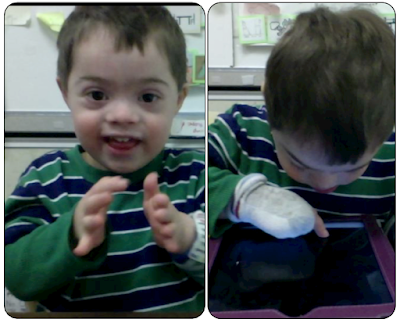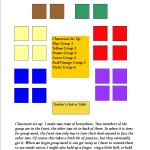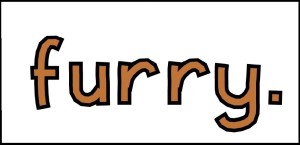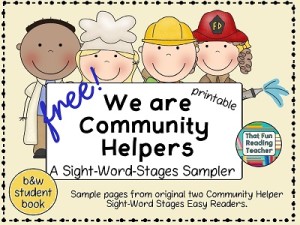December Teacher Talk
By Mary Moore of Moore Resources
The Scientific Method is Fantastic for All Subjects and for Life! The Scientific Method is a great method to use for teaching students how to solve problems and investigate questions in all educational subjects along with solving life situations.
****************************************************************
By Lisa Robles of LisaTeachR’s Classroom
If You Give a Reindeer a Root Beer… Studying Circular Plot Structure Have your students learned about circular tales? Here is how I used it in my classroom.
****************************************************************
By Tammy DeShaw of The Owl Teacher
Do you want to create the most adorable Winter Craft as a gift or just for fun? Check out this inexpensive and fun craft idea of making snowmen – out of socks!
****************************************************************
By Susan Berkowitz of Susan Berkowitz
Making a snowman is a favorite activity for kids in the winter. Almost everyone knows how to make a snowman. But can they tell someone else how to make one? Can they articulate the steps? Join Max and Mo in their story and learn sequencing and comparing language skills.
****************************************************************
Teacher Talk: Student Self Assessment
By Marypat Mahoney of Just Add Students
Give students the opportunity to self-assess their growth and learning thus far in the school year.
****************************************************************
Teaching Young Children to Write Their Names
ByThia Triggs of Print Path
An unfortunate myth is that young children, 3 & 4 years old, should learn to write their name with an initial capital letter followed by lowercase, rather than all capitals. Research shows that to be incorrect and even detrimental, for several reasons.
****************************************************************
Christmas-Winter STEM Olympics
By Kerry Tracy of Kerry Tracy
Keep kids engaged this holiday season with five festive, fun, & fabulous Christmas/Winter themed STEM challenges that can be modified for use with grades 2-8!
****************************************************************
Five Ways to Increase Students’ NWEA Math Scores
By Crystal Brown of Dr Crystal Brown
Do you want to make sure your students reach their growth targets in math? Learn five ways you can easily implement into your math instruction.
****************************************************************
How to Help Beat the Holiday Blues
By Deann Marin of Socrates Lantern
We all know that kids love to send notes to each other. This activity allows them to do that.
****************************************************************
What’s My Error? Extraordinary Math Hack
By Tammy Roose of The Tarheelstate Teacher
Do your students continue to make common errors when computing and learning different math concepts? Mine were too, until I instituted some fun error analysis with “What’s My Error?” problems!
****************************************************************
By Retta London of Rainbow City Learning
Sharing the holiday spirit in a classroom of diverse faiths.
****************************************************************
Critical Thinking with Pattern Blocks
By Shametria Routt of The Routty Math Teacher
Did you know that pattern blocks can be used for more than just teaching shapes in your geometry unit– pattern blocks can be used all year long! The proportionality of the pieces extends the number of ways in which they can be used, including analyzing the characteristics and common attributes of two-dimensional shapes, identifying fractional relationships, and building an understanding of operations with whole numbers. Check out this 5-part series to explore ways to get your students thinking critically with pattern blocks!
****************************************************************
Tantalizing Tessellations: Critical Thinking & Problem Solving
By Tracy Willis of Wild Child Designs
Project-orientated learning engages students and leads to critical thinking. It’s differentiation at its finest!
****************************************************************
Tips To Enjoy Holiday Teaching
By Michele Webb of Teaching Ideas for Those Who Love Teaching
Tips to keep holiday teaching fun and stress free.
****************************************************************
By Marcy Howe of It’s a Teacher Thing
Enjoy December in your classroom. Learn how to keep the curriculum challenging, your days calm, and find links to several “go to” items to help you enjoy December in your classroom.
****************************************************************
By Kathie Yonemura of Tried and True Teaching Tools
Students buy-in to writing if it is in a book. This magic book motivates students to compare and contrast!
***************************************************************
Please Read these great ideas that these educators are using for the month of December and beyond.



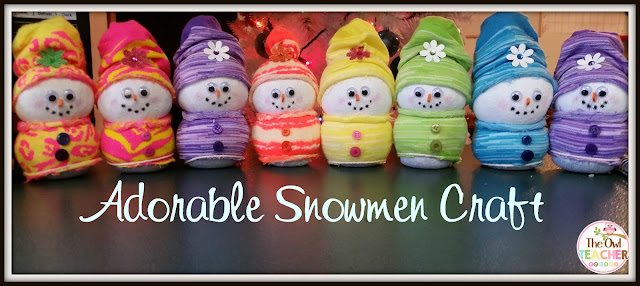














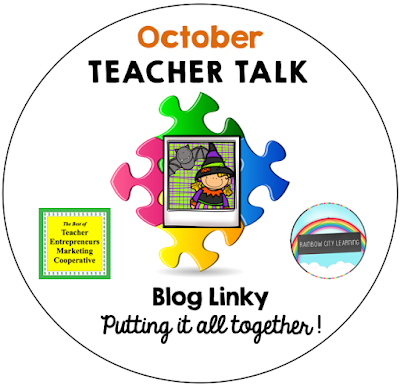

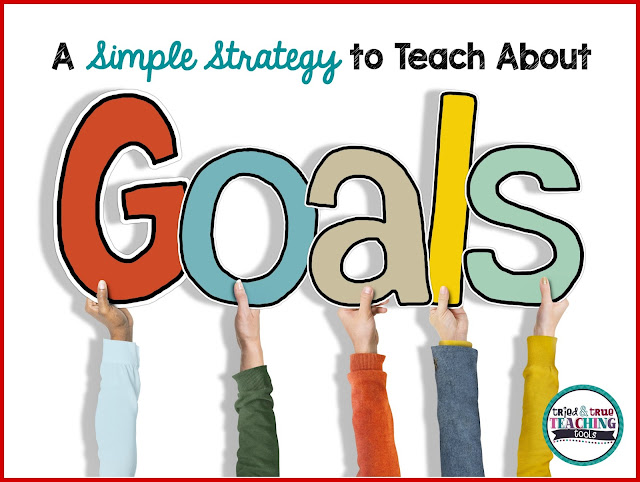


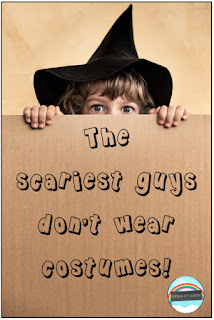
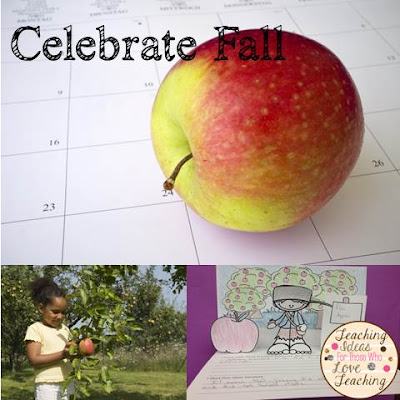





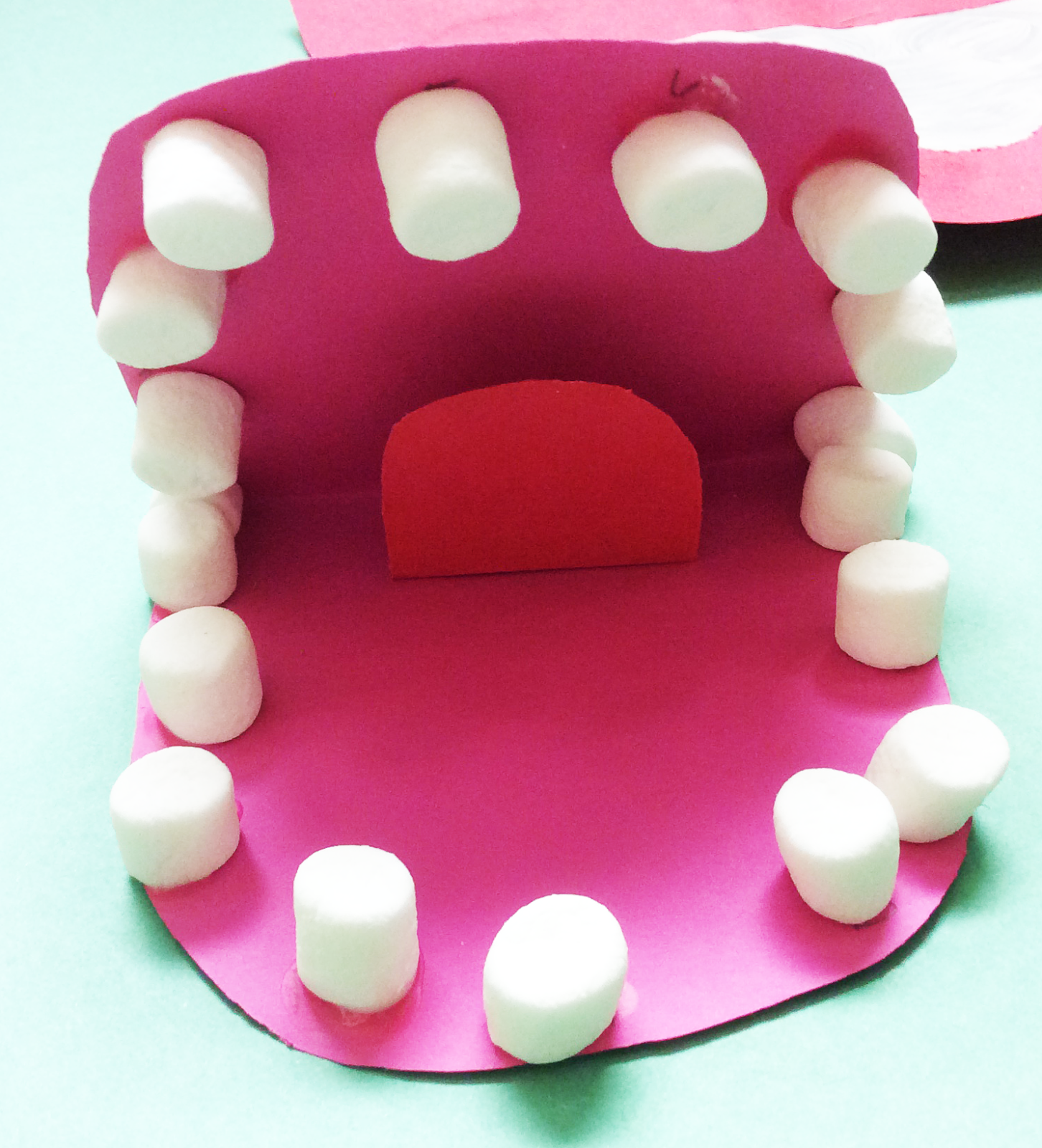












 as all the teachers who work with our students. Next we let our classes in on it, and they just loved the idea.
as all the teachers who work with our students. Next we let our classes in on it, and they just loved the idea.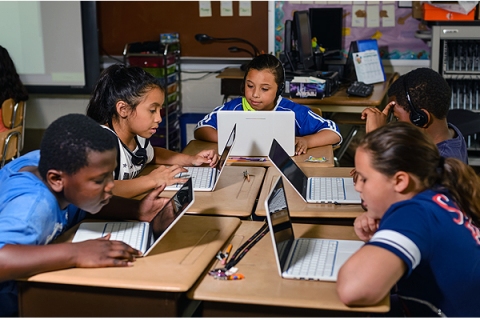 At the finish of a busy morning, we would switch classes and get ready to go to lunch. which is a real trip. We filmed them going through the lunch line and showed the cafeteria staff serving their food. Watching their child eat, and what they threw away was eye opening for many parents.
At the finish of a busy morning, we would switch classes and get ready to go to lunch. which is a real trip. We filmed them going through the lunch line and showed the cafeteria staff serving their food. Watching their child eat, and what they threw away was eye opening for many parents. As the day drew to a close, you could still see us taping the children while in homeroom study period. and as their buses were being announced over the loudspeaker. Our ending statement says it all, “The last bus has been called, the room is empty, and quiet and sometimes we like it like that.” We always get chuckles from the parents because they can relate.
As the day drew to a close, you could still see us taping the children while in homeroom study period. and as their buses were being announced over the loudspeaker. Our ending statement says it all, “The last bus has been called, the room is empty, and quiet and sometimes we like it like that.” We always get chuckles from the parents because they can relate. huckled over that. The ice had been broken and we’re ready to begin.
huckled over that. The ice had been broken and we’re ready to begin.


















 You might want to place the larger chevron apples on the bulletin board, under a tree.
You might want to place the larger chevron apples on the bulletin board, under a tree.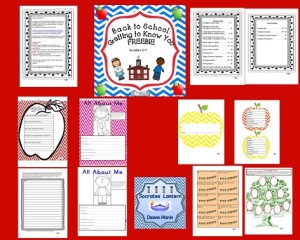 Once my homeroom gets settled and we’ve taken care of those tedious little tasks, like filling out forms and schedules it’s time for some ice breakers, we need to get to know each other. I play “Getting to Know You,” from Rogers and Hammerstein’s, The King and I. Next we discuss the meaning of the song and how it relates to the first day of school.
Once my homeroom gets settled and we’ve taken care of those tedious little tasks, like filling out forms and schedules it’s time for some ice breakers, we need to get to know each other. I play “Getting to Know You,” from Rogers and Hammerstein’s, The King and I. Next we discuss the meaning of the song and how it relates to the first day of school.














 There are so many creative math warm-ups to help get your class excited about math class. Here are some that I’ve used. At least once a week, we had a math bee using flash cards for addition, subtraction, multiplication and/or division. I would hold up a card and each child would have a chance to answer. If the answer was correct, they would keep the card.. We would do this for at least 30 minutes and the student with the most cards would win. The winner would act as the teacher and hold up the cards for the next game.
There are so many creative math warm-ups to help get your class excited about math class. Here are some that I’ve used. At least once a week, we had a math bee using flash cards for addition, subtraction, multiplication and/or division. I would hold up a card and each child would have a chance to answer. If the answer was correct, they would keep the card.. We would do this for at least 30 minutes and the student with the most cards would win. The winner would act as the teacher and hold up the cards for the next game.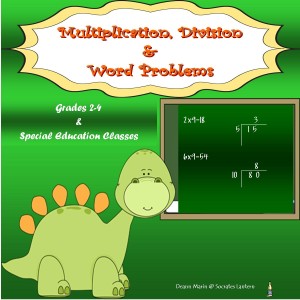



 ns, composers, directors, and write reports about them. They can learn about music throughout history as part of an ancient history unit. If you’d like to see more ideas about how to integrate music into the curriculum. Here is a link to a great website:
ns, composers, directors, and write reports about them. They can learn about music throughout history as part of an ancient history unit. If you’d like to see more ideas about how to integrate music into the curriculum. Here is a link to a great website:
